Art Imitates Life: Walter Scott and His Comic Book Doppelgänger
The multidisciplinary is best known for creating the cult-favourite graphic novel series Wendy, chronicling the misadventures of a young artist in a contemporary art world.

“I’m fascinated with people losing everything and crawling out of it,” Walter Scott says of The Wendy Award, the fourth and newest instalment of the Kahnawà:ke-born Mohawk artist’s cult-favourite comics. Over the past decade, readers have followed Wendy through Canada’s art world, from her roots as a Montreal punk to graduating with a master of fine arts at “University of Hell,” Ontario. The Wendy series is beloved (by celebrities including Kate Berlant and Tavi Gevinson but also praised in The New Yorker and The Guardian) not only for its satirization of the art world but also for its deft and resonant dramatizations of youth, the anxieties, petty dramas, and mistakes that punctuate life regardless of one’s artistic practice.
Through following Wendy, readers have also been following Scott. Wendy’s fictional life is based on Scott’s all-too-real one, following similar events and milestones. Like Wendy, Scott has been a Montreal punk, an occasionally aimless artist, an MFA student at Guelph, and, in 2021, he was longlisted for the Sobey Art Award, one of Canada’s most prestigious art prizes. It’s that last experience that served as a crucial jumping off point for The Wendy Award.
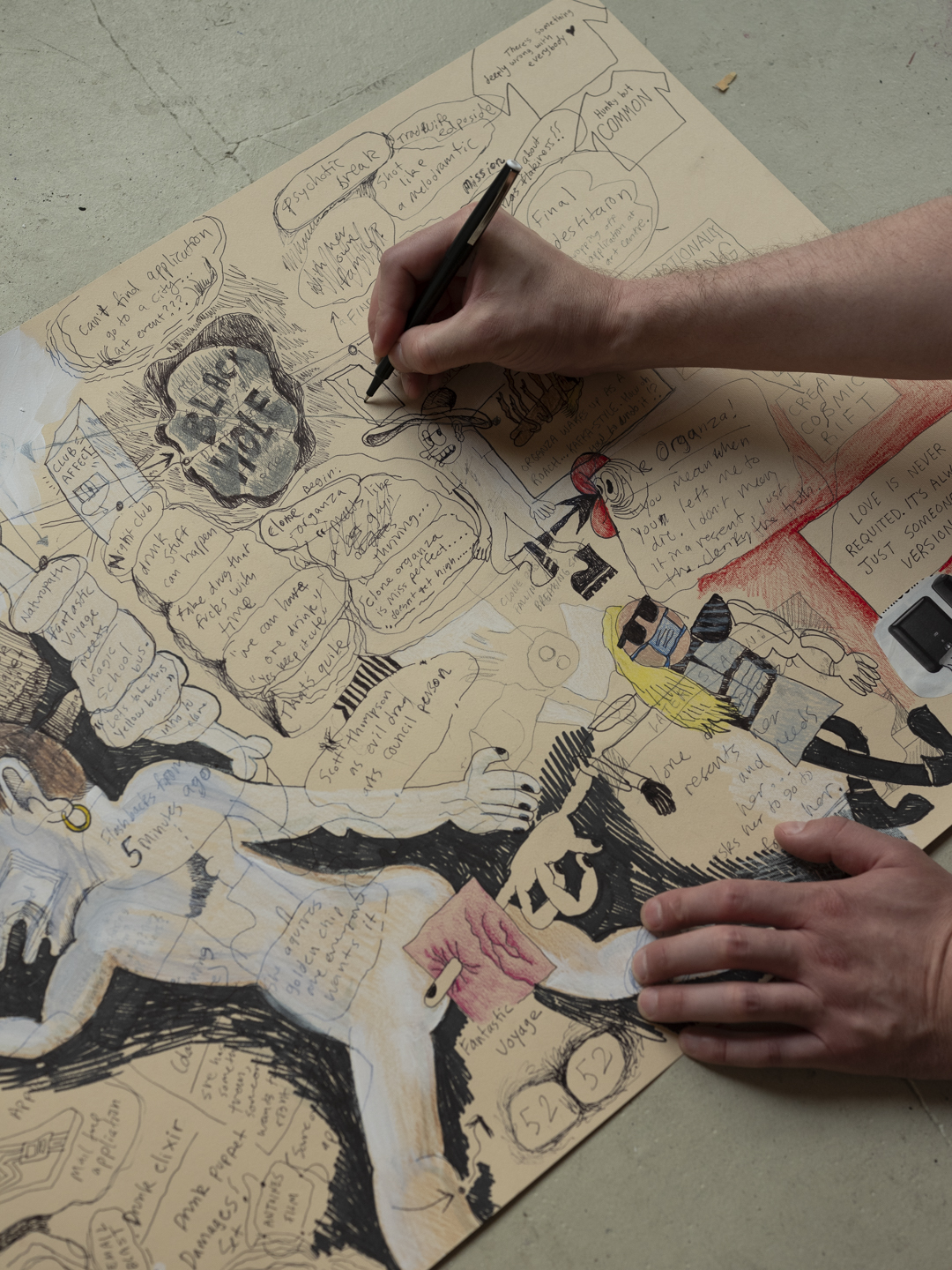
At the conclusion of the previous book, Wendy, Master of Art, Wendy seems to have triumphed. She has a completed thesis, a new Toronto apartment, and a burgeoning romance. When The Wendy Award opens, however, the situation is more complex. On the one hand, Wendy has been nominated for a major Sobey-esque Canadian art award. On the other hand, there’s a global pandemic. “I thought it would be really interesting to reenter Wendy’s life and she’s lost everything,” Scott says of his decision to bring COVID-19 into Wendy’s universe. “She was experiencing the same existential isolation as everyone. I wanted to write a story about someone who carves a life out of that.”
Wendy, Scott’s alter ego, emerged after a long night out. “I had graduated from art school and was living as a punk musician in the Saint-Henri neighbourhood of Montreal. And I was pretty lost in terms of what I was going to do next for my art practice. I was not inspired by what I was making at the time anymore,” Scott says. Hungover after a music show, he and his friend were sitting at a diner. “I scrawled Wendy on a placemat. It was an image of her barfing into a toilet.”
He photoshopped that doodle into a one-page comic and posted it to Facebook, where Wendy was warmly received. After one commenter professed they would buy a zine of the character—“Which I found tantalizing,” Scott quips—Scott turned his placemat doodle into a 60-page comic. “I sold them at Expozine in 2011 for $8. It was self-published, self-stapled.”
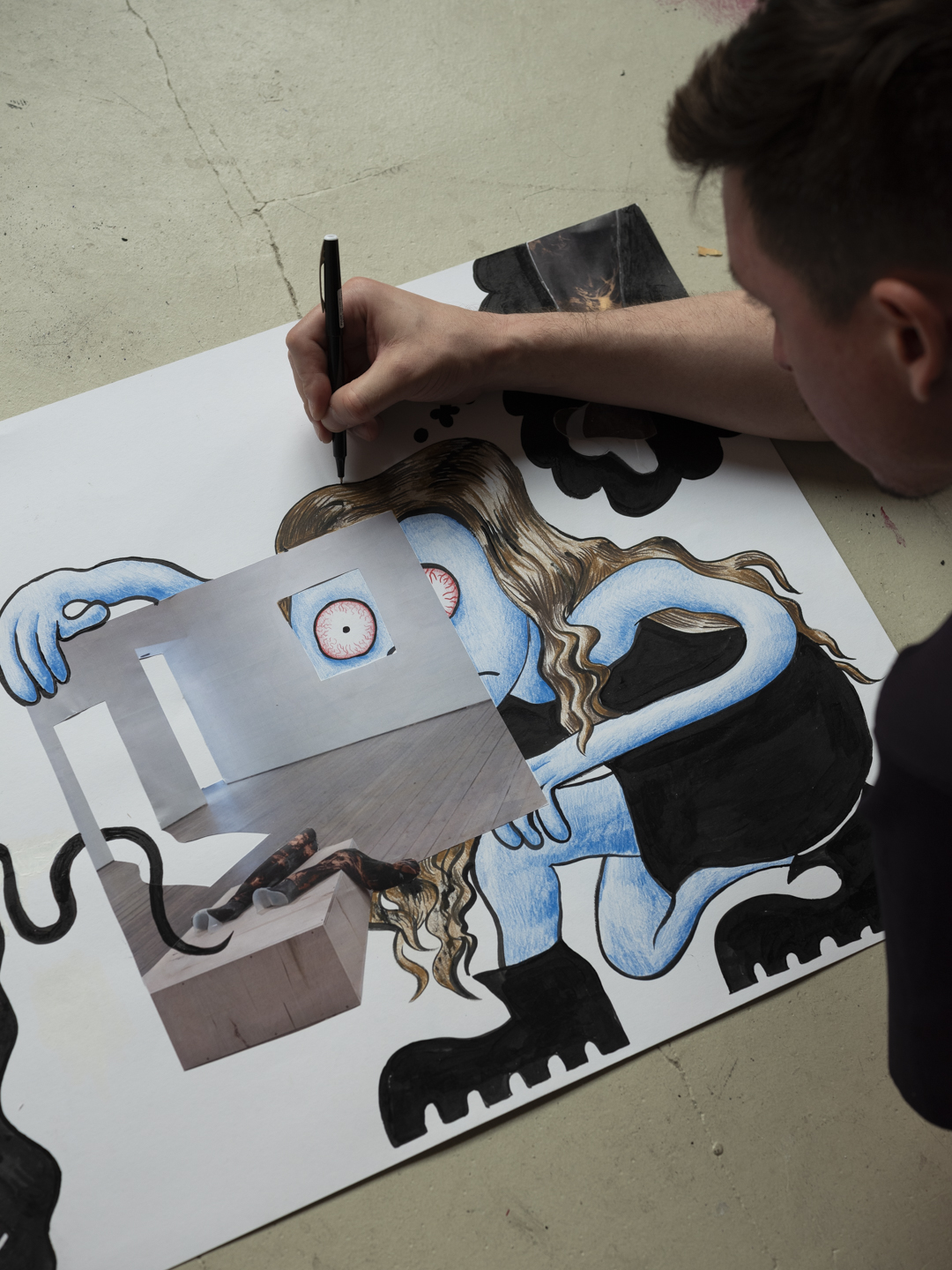
In many ways, Wendy was a natural outlet for Scott, who confides that he’s been drawing comics for most of his life. As a child, he made zines and sold them on the school bus. He was inspired by The Simpsons creator Matt Groening’s long-running comic strip Life in Hell and its dry, existential sense of humour. “So I used to do my own version of Life in Hell. I called it Surviving Daily Routine, and it wasn’t even narrative per se, but weird, indexical lists. It was an opportunity to do collage, work with fonts, glue things together. It was a way to keep myself stimulated—and make a dollar a pop on the school bus.”
Scott stayed away from comics during art school, but it was almost immediately after he graduated that Wendy spilled out onto his placemat. The Wendy series not only exhibits the same Groening-style humour Scott loved as child, but the comics are also infused with his deep love for cinema and animation. Throughout Wendy’s ongoing dramas, he deploys a punchline as skillfully as a well-placed and devastating reaction shot. His panels often linger. We see miscommunications play out, the ramifications of characters’ hurting one another or self-sabotage.
___
“Knowing the conventions of a moving image and what’s compelling, when to put in a reaction shot, that’s all like storyboarding and film editing. Looking at comic books from that perspective really helps draw people in, because it’s reminiscent of a format people are already familiar with,” Scott explains. “Wendy has a psychological dimension to her adventures that, for me, are inspired by David Lynch.”
He also cites the collaborations of Gena Rowlands and John Cassavetes (in particular, Rowlands’s “constant sort of messiness and intensity”) and television sitcoms (“Sometimes you just need the story to move forward”) as personal touchpoints.

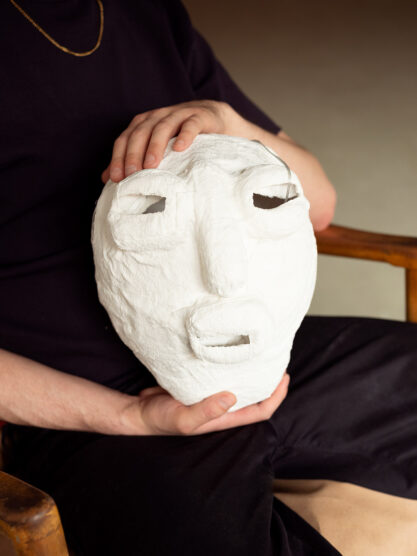
Accordingly, a Wendy comic begins with cue cards, a common tool amongst screenwriters. Scott indexes and organizes scenes he’d like to write and possible settings. “They’re often gag based. Like, ‘I would love a story where Wendy wears a horrible outfit.’” He also uses cue cards for side stories involving Wendy’s friends, most notably the hedonistic Montreal punk Screamo, which are interspersed throughout the story. As the story arc emerges, Scott makes deliberate choices about the comic’s ending and writes toward it, before translating his cards into thumbnail sketches and pencilling. He completes the process by inking in Photoshop.
In The Wendy Award, the stakes seem superficially higher with a coveted national art award on the line, but Scott’s work remains focused on the interpersonal. Professional success in Toronto does not insulate Wendy from isolation, heartbreak, or self-doubt. While she copes in familiar ways—ill-advised drinking, absconding to New York or Montreal—her friend and co-nominee Winona grows closer to Zima, a younger Indigenous artist. Their relationship invites Winona to reckon with the newer generation’s conceptions of identity and expression.
“I mean, the perfect place to witness the struggle between race and class and gender is a queer party,” Scott says. “It’s a space where people are often jockeying for power, but for their own reasons and often to make themselves feel safe. Or to assert their own personhood. That hasn’t changed since I was going to queer parties in my 20s.”
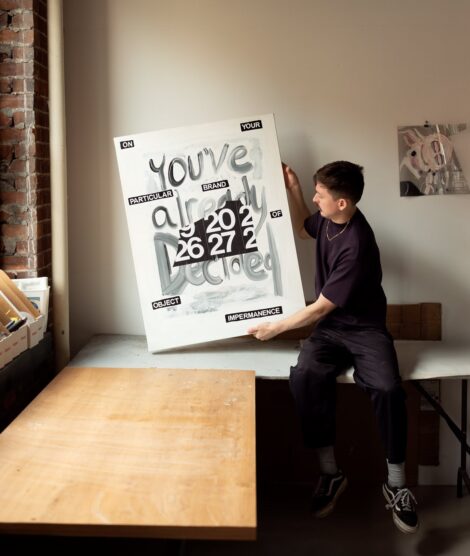
The language around identity may have evolved between generations, but the underlying desire for belonging remains. For Scott, the subplot between Zima, Winona, and Winona’s mother was a way to demonstrate nuances between these three generations and their distinct approaches to Indigeneity. “Even within Indigenous communities, there are generational gaps,” Scott notes. It was important for him to dramatize the nuance within Indigenous communities. “I think, ostensibly, anyone who isn’t Indigenous would assume that they’re all on the same page about something, that Indigenous people of every generation want the same thing. But different people approach solutions to things differently, right?”
Scott’s incisive reflections on tensions in queer and Indigenous communities exist alongside themes of queer love. “There’s a queer subtext there for sure,” Scott confirms of Wendy and Winona’s relationship. “One of the readings I have of my own work is that ultimately the love affair that Wendy has is not this on-and-off relationship with Jeff [a drummer she obsesses over] or even with her artwork. It’s ultimately the love affair between her and Winona. Eventually learning to love this person enough to be okay with them leaving is the thing that Wendy needs to learn.”
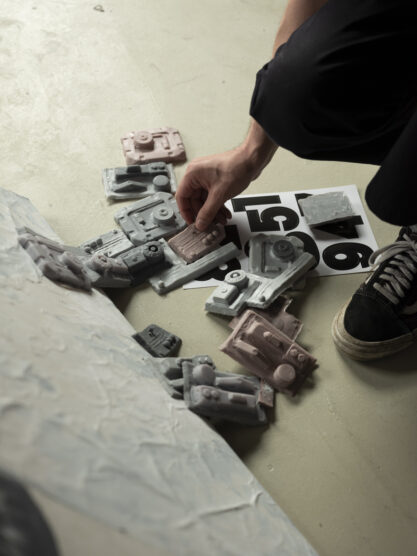
The Wendy Award isn’t the end of Wendy. Scott expects that we’ll see her in commissions and small missives. We may get a long-form update in a decade or so, once Scott’s lived a little more. Until then, he’s busy across mediums. “Generally, I’m looking forward to getting back into the studio and working with plaster again, working with painting, drawing, and multimedia.” To that end, he wrote and directed a 20-minute short film, Organza’s Revenge, an animated sci-fi romp that debuted at this year’s Vancouver International Film Festival, and he is preparing for a 2026 art show at Montreal’s Fonderie Darling: “I’m trying to get more into the installation and white cube side of my art practice”.
___
It may prove enjoyable to explore fictions that aren’t so tightly connected to one’s own life. “It’s made me sort of cautious,” Scott admits of his tendency toward autofiction, “because things that I’ve written in my comics have come true in the future. It is a way to manifest something in the world.”
For now, he will step away from any grand manifestations—and the drama that might follow. He’s been watching cryptozoological YouTube videos and listening to multihour podcasts about films he hasn’t seen. “I draw comics, so I’m a huge nerd deep down,” he says, laughing. When asked whether there’s anything he’d like to say about Wendy before he turns the page, he offers, “She may or may not be Indigenous. I’ll leave it at that.”




